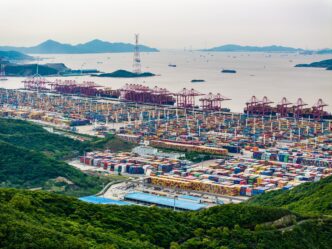The implementation of tariffs under President Donald Trump has been labeled as “Liberation Day,” marking a significant shift in U.S. trade policy. These measures, however, are expected to have adverse effects on the economy, leading to increased isolation from international allies and potentially making America economically weaker.
The background to these policies is complex, involving longstanding narratives about trade and economic competition. A pivotal moment in this discourse was a 2013 study by economists David Autor, David Dorn, and Gordon Hanson, which analyzed the impact of increased imports from China on U.S. manufacturing jobs between 1991 and 2007. The study found significant job losses in specific regions, leading to wage declines and reliance on government assistance.
This research challenged the prevailing belief in free trade, suggesting that agreements like NAFTA, once heralded as mutually beneficial, contributed to the decline of American manufacturing. Following Trump’s 2016 election victory, which capitalized on anti-trade sentiments, there was a political shift away from pro-trade stances among both major parties.
However, a closer examination of the “China shock” indicates that trade policy was not solely responsible for the decline in manufacturing jobs. Increased productivity in China and domestic shifts towards technology and services also played significant roles. Despite the negative effects on certain regions, the overall availability of cheaper goods improved American living standards.
Trump’s tariffs, in contrast, are expected to increase prices and disrupt supply chains without the benefit of lower costs. This approach risks repeating the negative consequences of the China shock but with broader economic fallout. The tariffs have introduced uncertainty in sectors like the automotive industry, potentially harming international trade relations, especially with Canada and Mexico.
The tariffs are self-imposed, unlike the unavoidable nature of the China shock, making them particularly controversial. The economic impact could be widespread, affecting prices and employment across multiple sectors and states, beyond those directly involved in manufacturing.
The Tangible Impact
- The introduction of tariffs will likely increase consumer prices on goods and services, affecting household budgets.
- Disruption in supply chains, particularly in manufacturing, could lead to job losses and economic instability in affected regions.
- International relations may suffer, straining partnerships with key trade allies such as Canada and Mexico.
- Communities reliant on manufacturing may face economic hardships, similar to those seen during the China shock.
- While the tariffs aim to strengthen domestic industries, the broader economic repercussions could offset potential benefits, impacting the national economy negatively.








